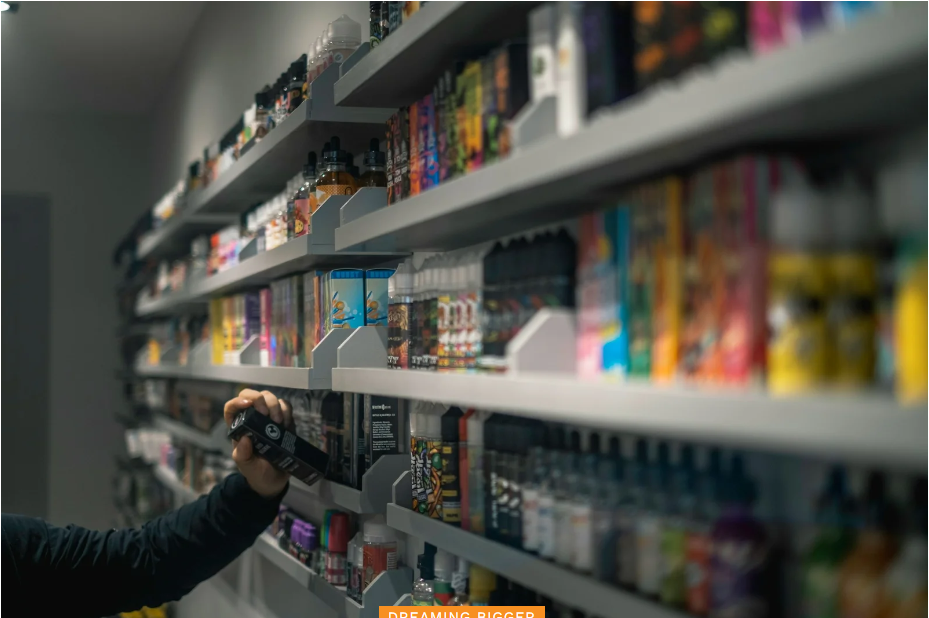
The 7 Tech Innovations Shaping the Future of Retail Online
With over 24 million eCommerce businesses worldwide and more than 2 billion online shoppers, it’s clear that the future of retail is digital. However, the surge in digital demand also means increased competition. As an eCommerce retailer, staying ahead of the curve is essential, and that starts with embracing the latest tech innovations.
To meet customer expectations, stand out from competitors, and enhance the user experience (UX), you need a solid digital strategy. Here are the top 7 tech innovations transforming the future of retail to help you remain relevant in a rapidly evolving market:
1. XR Technologies
Extended reality (XR) technologies are changing the retail landscape by merging the best of in-person shopping with the convenience of digital experiences. XR includes:
- Augmented reality (AR): Overlays digital elements onto the real world, usually via a camera.
- Virtual reality (VR): Provides a fully immersive digital environment, typically accessed through a VR headset.
- Mixed reality (MR): Combines elements of both AR and VR to create interactive experiences blending virtual and real-world components.
In retail, XR allows eCommerce brands to offer virtual try-ons, letting customers see digital versions of products—like clothing or furniture—on their bodies or in their homes. For example, IKEA Place uses AR to let customers visualize how furniture will look in their space. VR also enhances the shopping experience by enabling customers to interact with digital products, like rotating items or changing colors, for a more engaging experience.
2. AI Technologies
Artificial intelligence (AI) is revolutionizing industries, and retail is no exception. While AI tools like ChatGPT and DALL-E have gained widespread use, retail AI can be implemented in less controversial ways, particularly in customer behavior analysis.
Understanding your target audience is vital for any retail business. AI helps by efficiently analyzing large amounts of data, uncovering patterns, trends, and anomalies that provide valuable insights. This process is time-saving and reduces the risk of human error. For instance, The North Face uses AI-powered tools like IBM’s Watson to analyze customer data, including local weather and purchase history, to make accurate personalized clothing recommendations.
3. Online Payment Methods
An efficient online payment system is crucial for any small business in the eCommerce space. The future of digital payments is leaning toward increased convenience, with advancements like digital wallets and biometric payment options that allow customers to check out with just a tap.
Cryptocurrencies and blockchain technology are also becoming more mainstream. With about 10% of Brits investing in digital currencies in 2024—a significant increase from 3% in 2019—more online payment systems will likely begin accepting cryptocurrency transactions.
4. Machine Learning for Inventory Management
Machine learning (ML), a branch of AI, is making waves in retail, particularly in inventory management. ML creates data models that help computers learn autonomously, optimizing various business processes.
Incorporating ML into your inventory system allows it to analyze supplier options, considering factors like reliability, quality, and cost without human intervention. It can also track real-time data and purchase histories to predict when to restock items, leading to more accurate demand forecasting. Zara, for example, uses AI to predict fashion trends, helping their buyers make informed decisions and reduce waste.
5. Sustainable Technology
Sustainability is becoming increasingly important for both new businesses and established global retailers. In the UK, 80% of consumers are actively trying to reduce food waste, reflecting the growing demand for eco-friendly options.
Green technology offers several ways to boost your business’s sustainability credentials, including:
- Green web hosting
- Switching to renewable energy sources for your office
- Using AI and ML for better demand forecasting to reduce product waste
- Email inbox optimization software to decrease server load
- Optimizing delivery routes to minimize emissions
6. Social Commerce
Social commerce is gaining traction, with platforms like TikTok, Instagram, and Pinterest enabling brands to sell directly through their apps. This approach offers several benefits:
- Creates a more interactive shopping experience
- Reaches a broad audience of social media users
- Accesses targeted demographics
- Simplifies the online shopping process
- Reduces the steps needed for conversions
In 2023, the UK saw over 16 million social buyers, demonstrating the vast potential for retailers. As a new and relatively easy-to-implement sales channel, social commerce is worth exploring.
7. Subscription-Based Models
Subscription-based shopping has skyrocketed in popularity in the UK, with services like Hello Fresh and Glossybox leading the charge. Consumers appreciate the convenience of regular, automatic deliveries and the excitement of personalized or surprise products.
Technology has made it easier than ever to offer online subscriptions. AI, for example, allows businesses to gather in-depth customer insights to create personalized subscription boxes. Stitch Fix, a clothing subscription service, uses AI to suggest clothing options based on previous purchases, preferences, and feedback. Stylists then refine these AI-generated choices, reducing labor and ensuring customer satisfaction. Automatic online payments further simplify the subscription process, making it easy for customers to sign up and renew their subscriptions.
Final Thoughts
Retail technology has been shaping the industry for years. If your online store has been operating with outdated systems, this overview of the latest innovations should inspire you to make updates that will keep your business competitive in the future of eCommerce.






